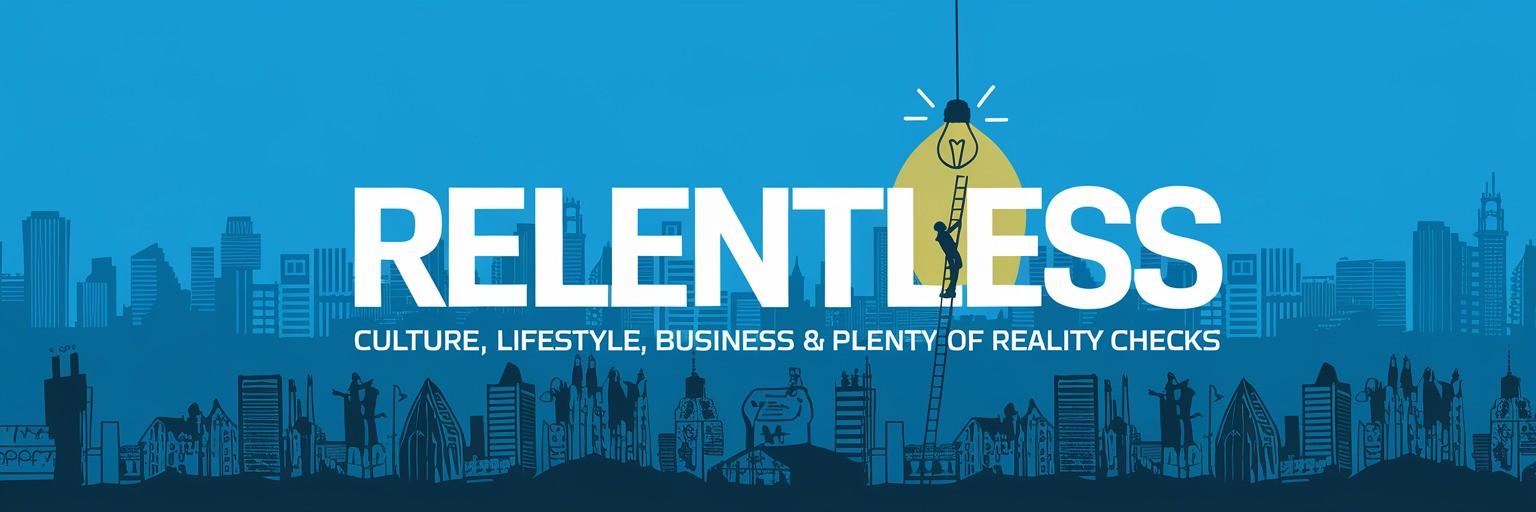In 1972, when Einar and Jamex de la Torre were nine and 12 years old, respectively, their family moved to Southern California from their hometown, Guadalajara, Mexico. Building upon their immigrant experiences and the sometimes contradictory facets of bicultural identity, the artists began creating sculptures and installations exploring themes as varied as time, religion, traditions, and regionalism.
The pair have collaborated since the 1990s, combining blown glass and mixed media into large-scale wall pieces and striking public art. In the expansive exhibition Collidoscope: de la Torre Brothers Retro-Perspective at the Corning Museum of Glass, the pair present 40 works spanning nearly three decades.

Included in the showcase is a brand new, monumental commission titled “Meteorite dall’ Influenza Veneziana,” which draws on the rich history of Venetian or Murano glass.
While only pieces produced on the small Italian island can bear the name of Murano—think Champagne in the wine world or Parmigiano Reggiano for cheese—the de la Torre brothers revel in the idea that “once [the technique] escaped, it hit the glassblowing world like a meteorite,” Einar says.
The de la Torre brothers are known for their additive approach, layering both meaning and material into meticulous assemblages. Vibrant colors and sometimes ironic details, like symbols for a car battery or engine light, emerge when encountered up close, then dissolve into energetic patterns when viewed from a distance.

Today, the duo split their time between San Diego and the Guadalupe Valley of Baja California, Mexico, and the occasionally humorous interplay of American and Mexican motifs hold a sustained role in their practice. Many pieces incorporate motifs specific to Mexico, like the iconic, circular Aztec calendar that combines a 365-day cycle with a 260-day ritual or spiritual cycle. Mechanical gears, shells, religious iconography, anatomy, and more, merge in their maximalist compilations.
The brothers created the new work in the Corning Museum’s studio, and the idea for incorporating Venetian details like cane work arose organically around the hot shop team’s experience with the style. “An artist’s job is to get away with their vision,” Einar says, “and we were very gratified and surprised at how much support we had for our ideas for this commission.”
Collidoscope continues through January 5 in Corning, New York. Find more on the artists’ website.












